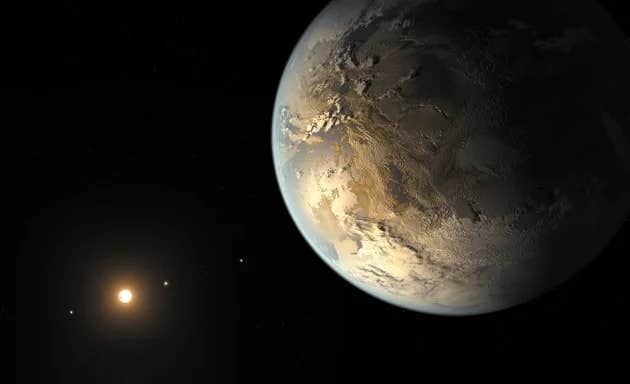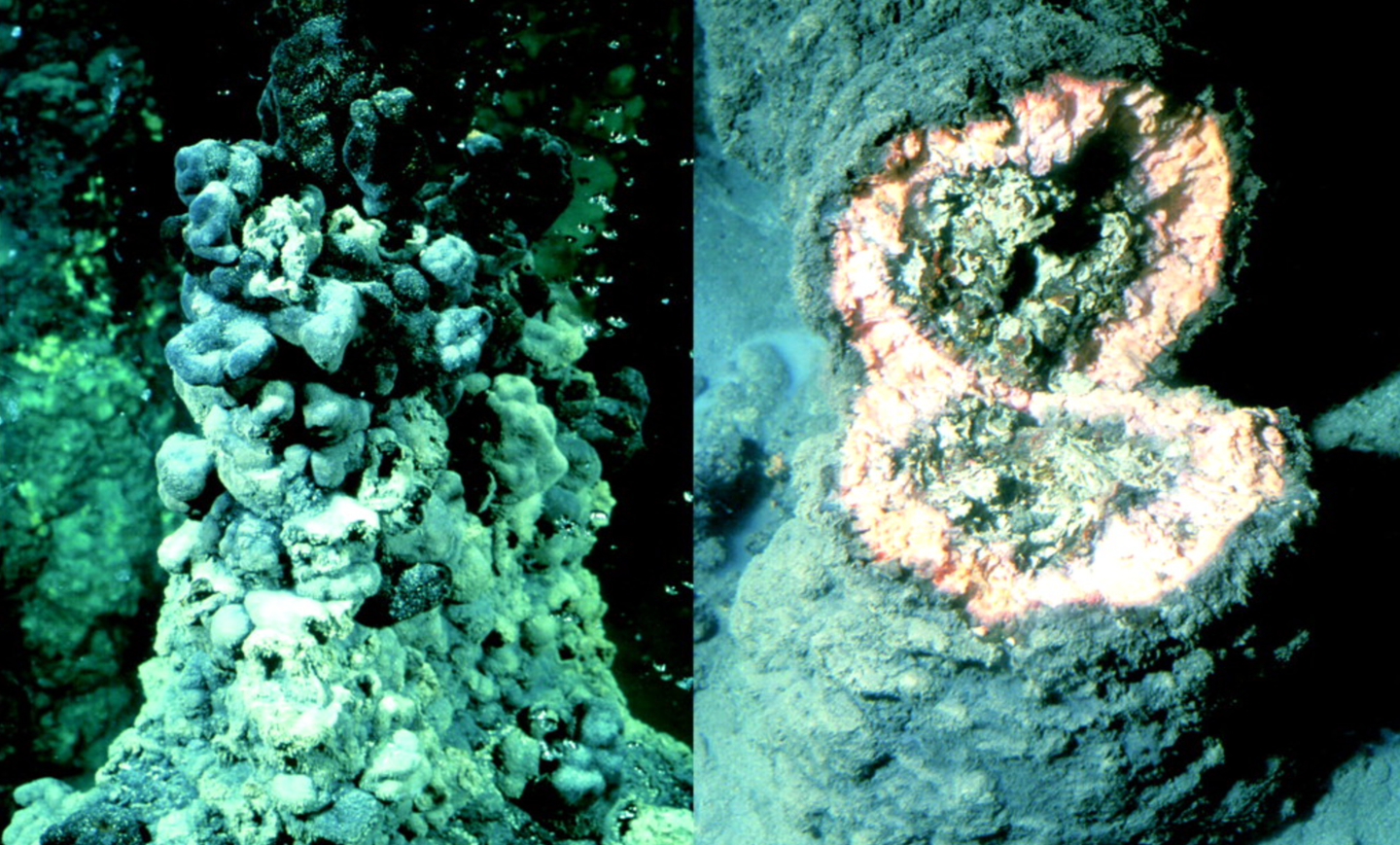Jupiter-sized discovery could reshape our understanding of planet formation
Recent findings around TOI-4860—a low-mass star in the Corvus constellation—have left the astrophysical community buzzing with surprise.

[Aug. 4, 2023: Staff Writer, The Brighter Side of News]
Recent findings around TOI-4860—a low-mass star in the Corvus constellation—have left the astrophysical community buzzing with surprise. (CREDIT: Creative Commons)
As stargazers hunt the vast night sky for telltale blips of far-off worlds, the recent findings around TOI-4860—a low-mass star in the Corvus constellation—have left the astrophysical community buzzing with surprise and wonder.
Today, in a groundbreaking revelation, an international cohort of scientists, led by the prestigious University of Birmingham astronomers, unveiled the discovery of TOI-4860 b, a Jupiter-sized exoplanet whose very existence seemingly challenges the conventional wisdom of planetary formation. Their letter published in the reputable Monthly Notices of the Royal Astronomical Society details this exceptional find.
Breaking the Mold
TOI-4860 b is far from a run-of-the-mill celestial discovery. For starters, it orbits a star of considerably low mass. Traditionally, such stars weren't anticipated to host gas giants of Jupiter's stature. Yet, TOI-4860 b does more than just exist—it flourishes with an abundance of heavy elements, an intriguing phenomenon noticed not just in the planet but its host star as well.
Such exceptional characteristics make the planet invaluable for researchers endeavoring to dissect the enigmas of planet formation.
Related Stories:
The Tools and Talents Behind the Discovery
This fascinating world was first pinpointed using NASA’s state-of-the-art Transiting Exoplanet Survey Satellite (TESS). A subtle dip in brightness hinted at the planet's transit across TOI-4860. Yet, the data captured wasn't decisive enough to label it as a 'planet'.
Enter the SPECULOOS South Observatory, nestled in the Atacama Desert of Chile. Through meticulous observations across several wavelengths, they cemented the planetary nature of TOI-4860 b. Further corroborations were made using the Subaru Telescope in Hawai’i in collaboration with a Japanese contingent.
Interestingly, the driving force behind this discovery and subsequent validation came from an enterprising group of PhD scholars as part of the SPECULOOS project.
George Dransfield, one of the participating students, who recently submitted her thesis at the University of Birmingham, elucidated the surprising nature of the find: “The prevailing planet formation model suggested that less massive stars typically birthed less massive planets. High-mass planets like Jupiter were expected rarities around such stars. But TOI-4860 has emerged as a precedent, shaking our understanding of these cosmic mechanics.”
This figure shows all of the photometric data we use in this letter. On the left-hand side, we show each light curve and 20 models obtained from the posterior. On the top right, we plot photometry obtained around the time of secondary eclipse and 20 models from the posterior for each of the 14 light curves. (CREDIT: Royal Astronomical Society)
Amaury Triaud, the seasoned Professor of Exoplanetology who helmed the study, remarked, “Observing TOI-4860 was a gamble, one proposed by our bright PhD students. Their audaciousness has given us a unique planet, one rich in heavy elements, potentially offering a fresh lens to view planet formation.”
Warm Jupiter: A New Window into Planetary Formation?
Completing an orbit in a mere 1.52 days, TOI-4860 b orbits a cold, low-mass star. This combination bestows it the title of a 'Warm Jupiter', a unique category that has intrigued astronomers globally.
Radial velocities measured by IRD as a function of orbital phase. We show 20 models randomly drawn from the posterior. (CREDIT: Royal Astronomical Society)
Mathilde Timmermans, another prodigious student associated with the SPECULOOS initiative, explained the significance: “With its short orbital period and distinct host star properties, TOI-4860 b stands as a golden opportunity to study the atmospheric nuances of a warm Jupiter. Such studies are paramount in enhancing our grasp of gas giant formations.”
To further their understanding, the team has secured observation time at the renowned Very Large Telescope in Chile, hoping to confirm more planets bearing resemblance to TOI-4860 b.
A New Dawn for Planetary Science?
For planetary scientists, TOI-4860 b isn't just another exoplanet—it's a testament to the vast unknowns the universe still hides.
The existence of such a gas giant around a low-mass star challenges previously held beliefs and raises pivotal questions. If the canonical model of planet formation is not comprehensive, what alternative processes might be at play? How do heavy elements influence these processes?
The categorization of TOI-4860 b as a 'Warm Jupiter' provides researchers a fresh avenue to probe gas giants' formation and evolution. The atmospheric properties of these unique planets might hold clues to their origin and their underlying mechanisms.
The emphasis on early-career researchers, like the PhD students leading this initiative, underscores the importance of promoting fresh perspectives and audacious thinking in science. It's a reminder that innovation often emerges when young minds challenge the status quo.
In the grand tapestry of space exploration, TOI-4860 b serves as a beacon, reminding us that the universe, in its vastness, is replete with mysteries that defy our understanding, urging us to keep looking, keep questioning, and keep exploring.
While TOI-4860 b is just one planet amongst billions, its discovery is a clarion call for scientists to re-examine, rethink, and recalibrate their understanding of the cosmos. Only with such revelations do we inch closer to truly comprehending our universe's intricate dance.
For more science and technology stories check out our New Discoveries section at The Brighter Side of News.
Note: Materials provided above by the The Brighter Side of News. Content may be edited for style and length.
Like these kind of feel good stories? Get the Brighter Side of News' newsletter.



